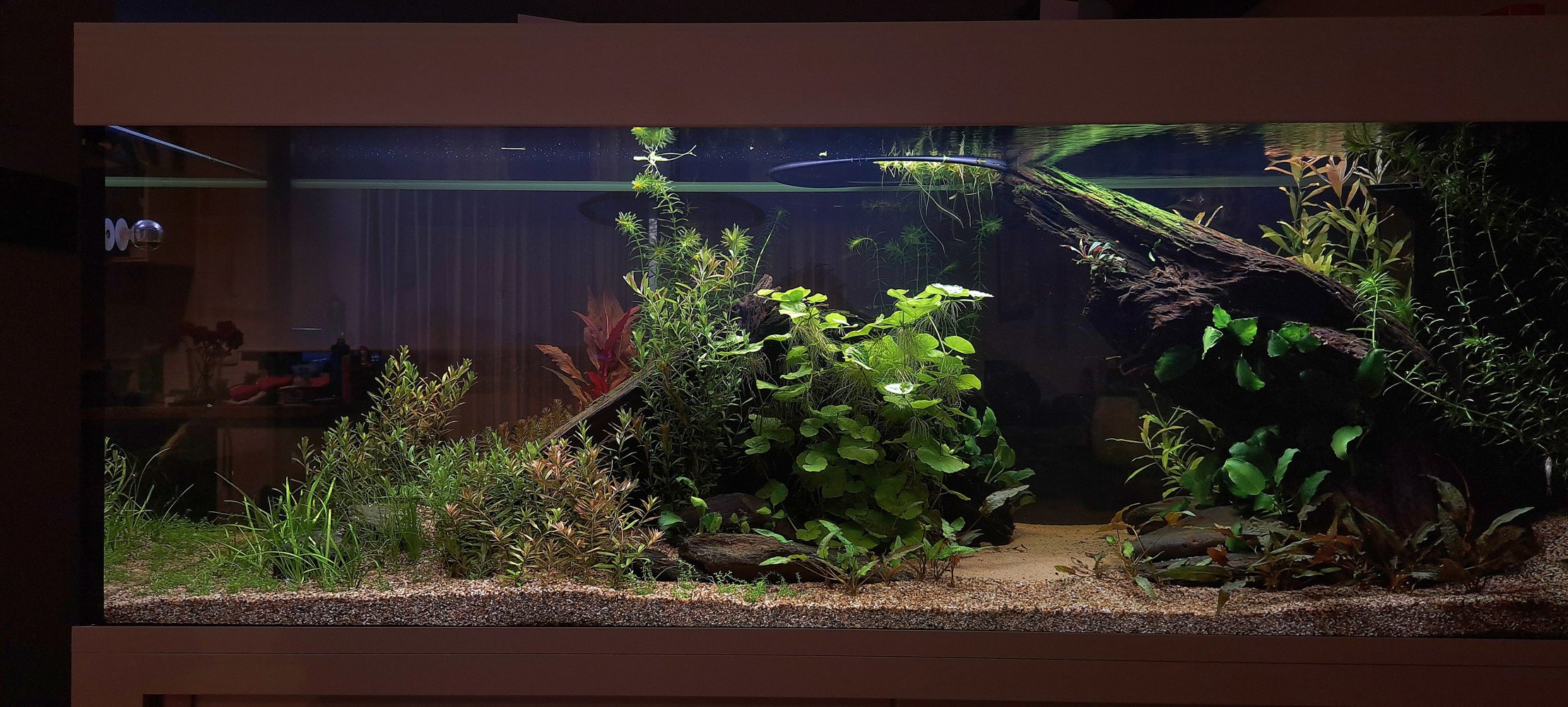Sanniejop
Member
I am a bit confused. I am setting up a new aquarium (~400L netto) with a CO2 system. During a first test to see if I could get the CO2 level high enough with the equipment I have, I observed the following.
Over a period of 9 hours the drop checker turned yellow. So I was pleased with that result. But after that point I switched off the CO2 and watched the drop checker to turn back green and blue again.
But to my surprise over a period of 24 hours I didn't saw any change in color? I though I maybe killed the drop checker by to high CO2 but I found out that this is not possible.
Only after 32 hours I saw the checker turning back a little bit greener. I understand the drop checker has a slow response time (lag time) but I didn't expect it to take so long to get back to green.
I am really surprised by this slow rate of gassing of the CO2. Is this normal?
I have very low surface movement, but I have a big surface skimmer, so the surface of the water is very clean, so I expected a faster and more effective gas off rate.
On the other hand this made me think I can use probably a much lower CO2 bubble rate then during my test, which makes it very economic.
But on the other hand I am worried about the Oxygen concentration in the tank. If the off gassing of CO2 goes so slow caused by the still surface, how will the oxygenation of the water be affected?
Or will the plants just generate so much oxygen that the fish will survive the night?
When the water is saturated with oxygen will this than also gas off to the air, or will it be stable, or forced out by the CO2 dosage?
I was planning to leave the CO2 running day and night, just like I do on my other 175L tank, which currently works well for plants and fish.
Over a period of 9 hours the drop checker turned yellow. So I was pleased with that result. But after that point I switched off the CO2 and watched the drop checker to turn back green and blue again.
But to my surprise over a period of 24 hours I didn't saw any change in color? I though I maybe killed the drop checker by to high CO2 but I found out that this is not possible.
Only after 32 hours I saw the checker turning back a little bit greener. I understand the drop checker has a slow response time (lag time) but I didn't expect it to take so long to get back to green.
I am really surprised by this slow rate of gassing of the CO2. Is this normal?
I have very low surface movement, but I have a big surface skimmer, so the surface of the water is very clean, so I expected a faster and more effective gas off rate.
On the other hand this made me think I can use probably a much lower CO2 bubble rate then during my test, which makes it very economic.
But on the other hand I am worried about the Oxygen concentration in the tank. If the off gassing of CO2 goes so slow caused by the still surface, how will the oxygenation of the water be affected?
Or will the plants just generate so much oxygen that the fish will survive the night?
When the water is saturated with oxygen will this than also gas off to the air, or will it be stable, or forced out by the CO2 dosage?
I was planning to leave the CO2 running day and night, just like I do on my other 175L tank, which currently works well for plants and fish.








